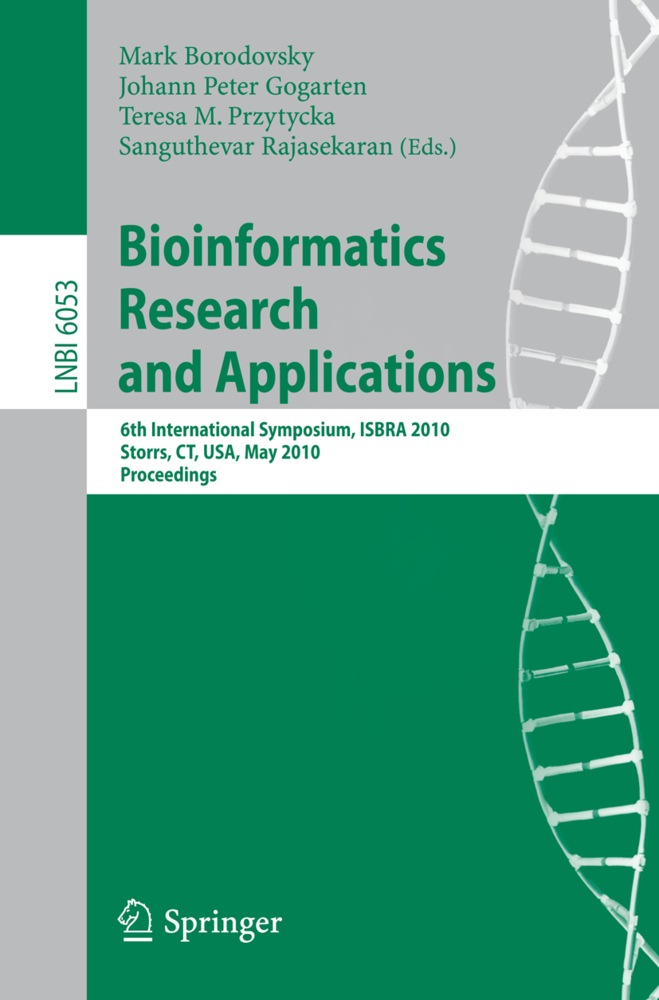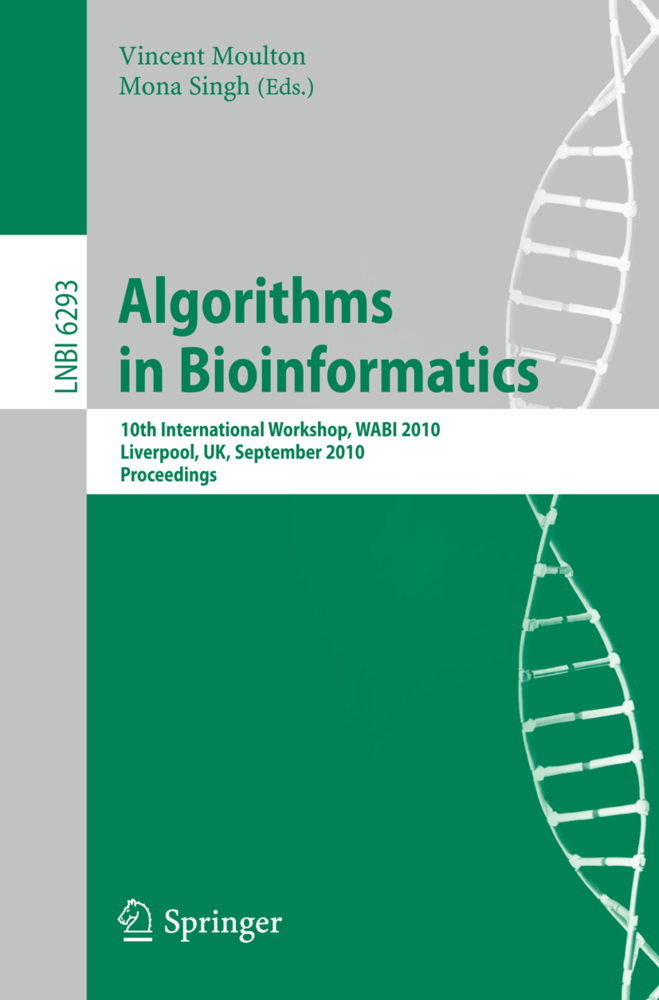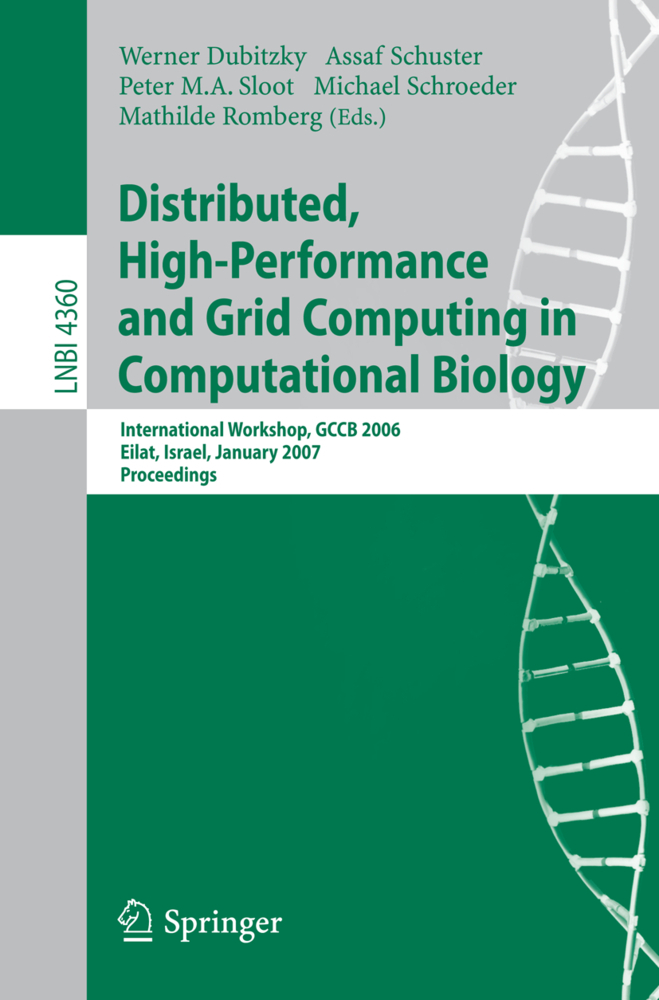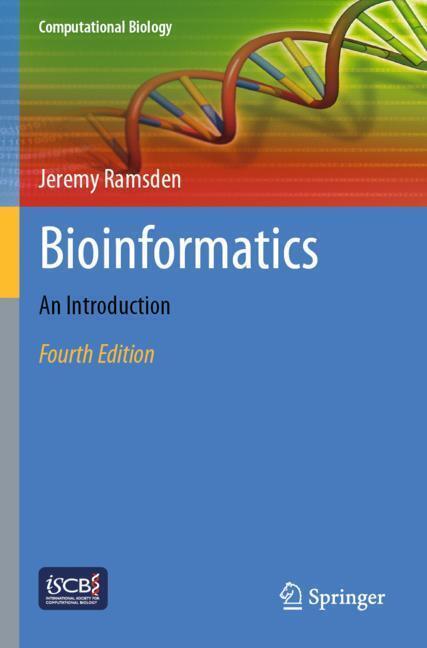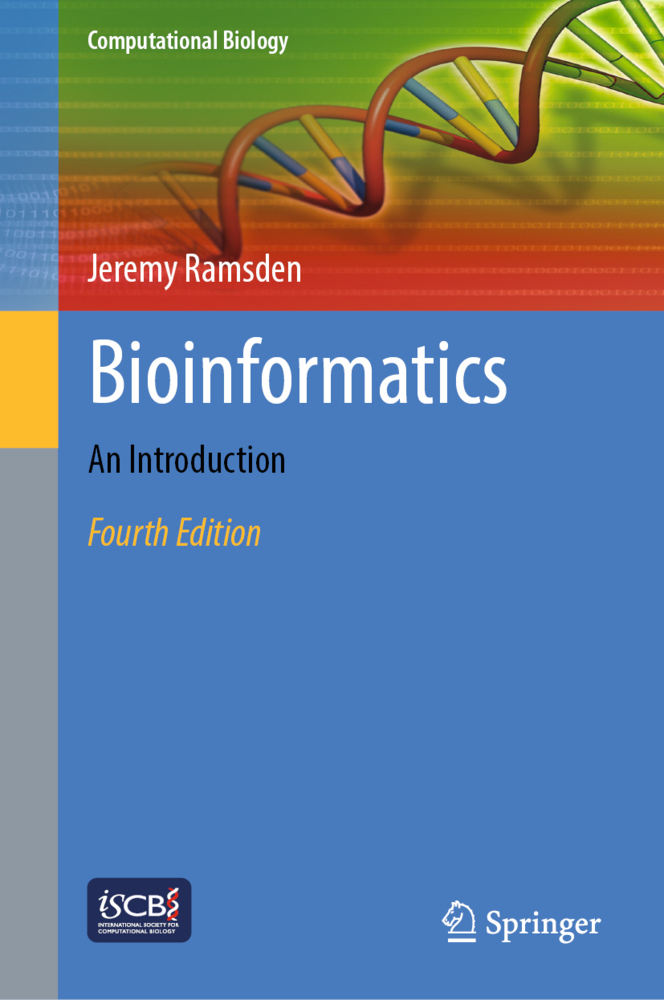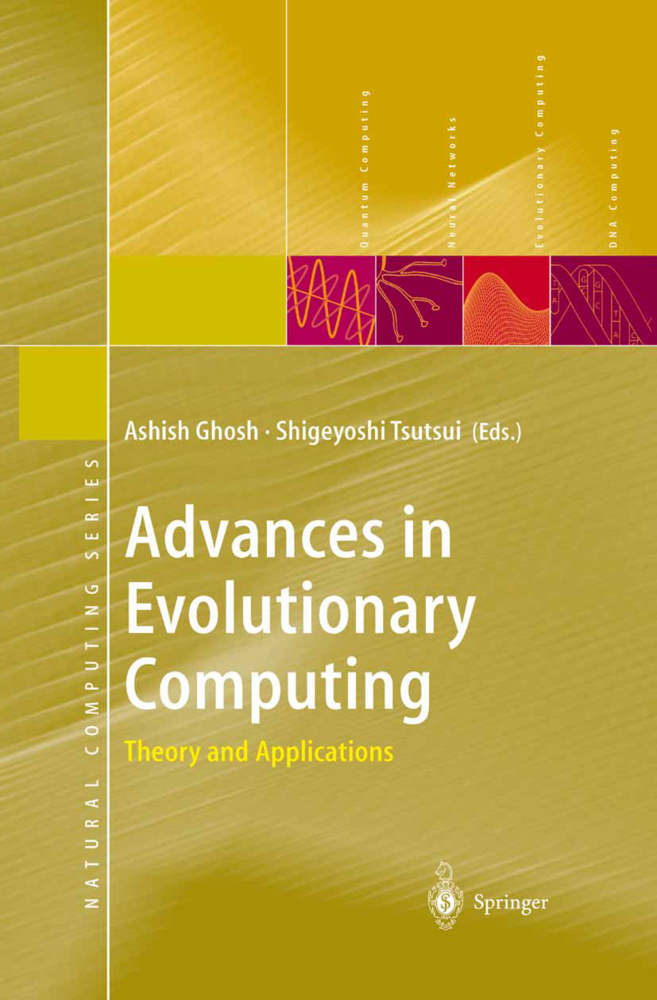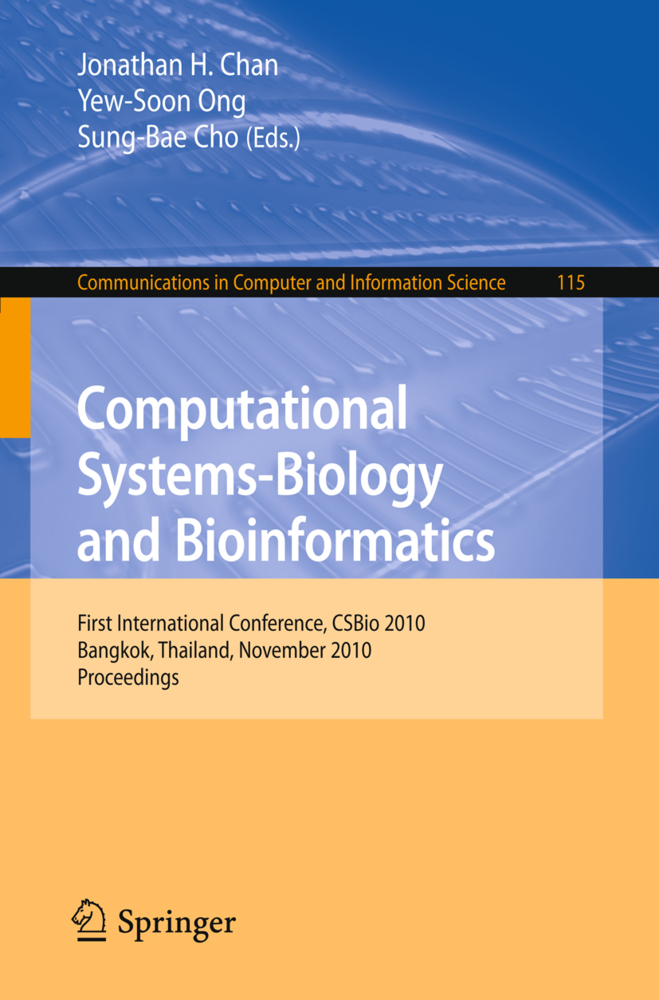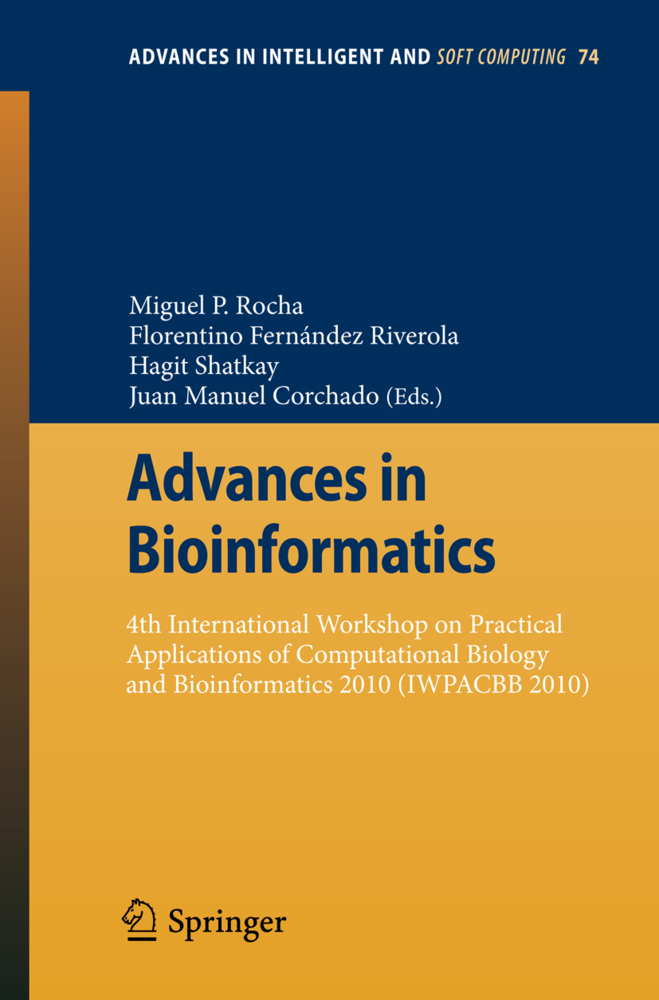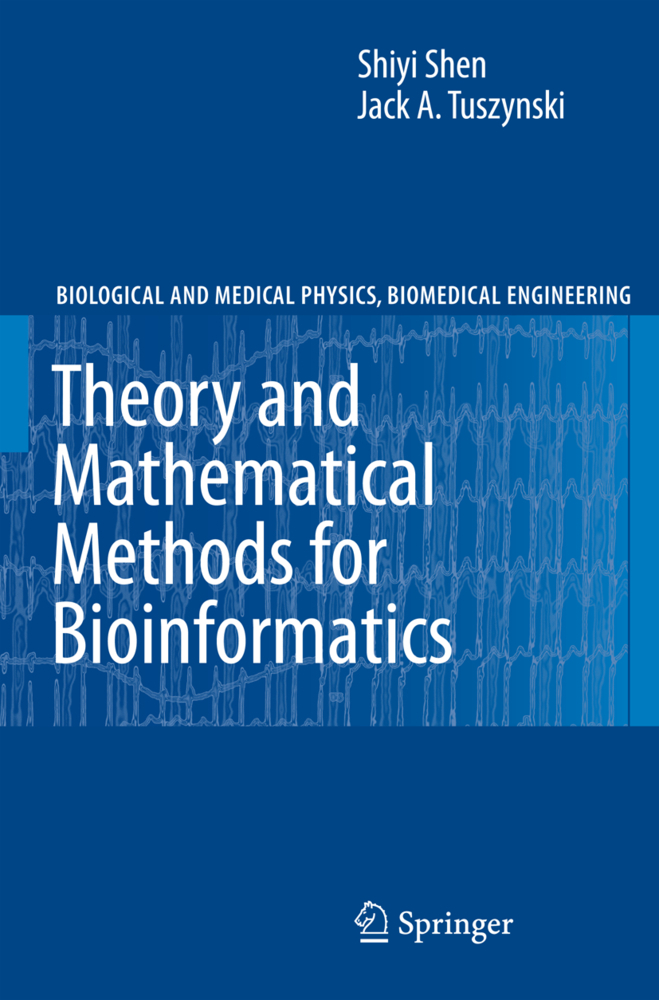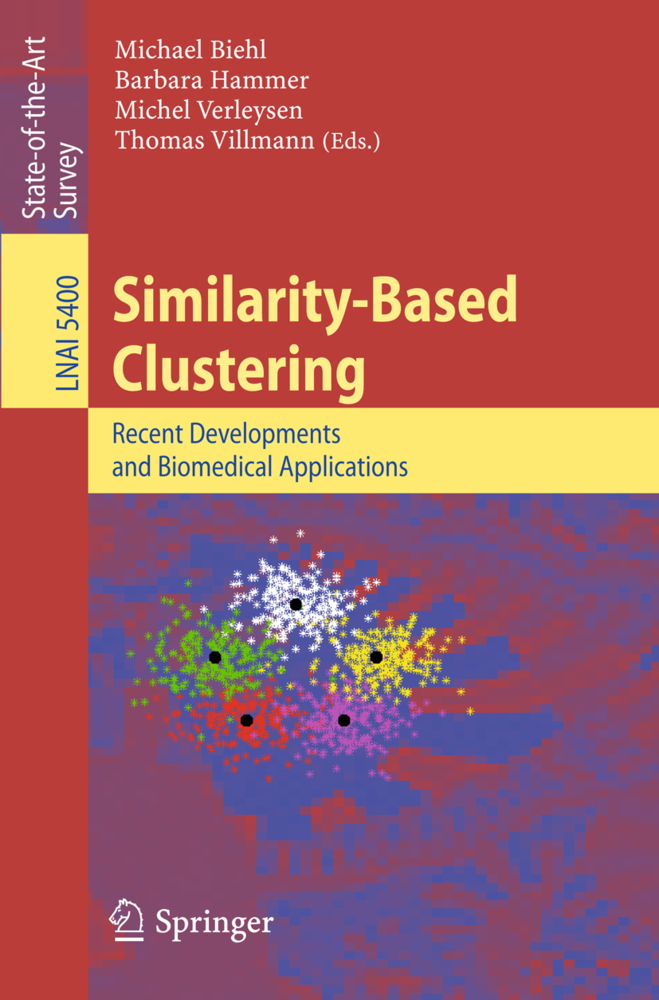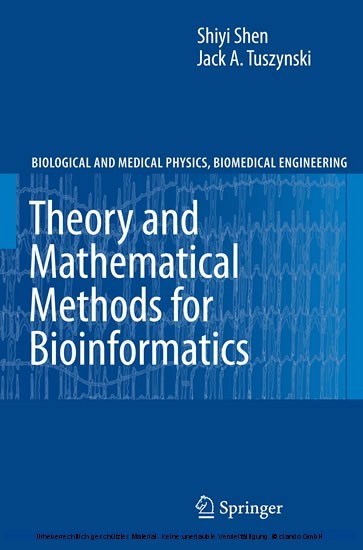Bioinformatics Research and Applications
6th International Symposium, ISBRA 2010, Storrs, CT, USA, May 23-26, 2010. Proceedings
Bioinformatics Research and Applications
6th International Symposium, ISBRA 2010, Storrs, CT, USA, May 23-26, 2010. Proceedings
th The 6 International Symposium on Bioinformatics Research and Applications (ISBRA2010)washeldduringMay23 26,2010attheUniversityofConnecticut, Storrs, Connecticut. The symposium provided a forum for the exchange of new results and ideas among researchers, developers, and practitioners working on all aspects of bioinformatics, computational biology, and their applications. The program of the symposium included 20 contributed papers selected by the ProgramCommittee from 57 submissions received in response to the call for papers. The symposium also included poster presentations and featured invited keynote talks by six distinguished speakers: Catalin Barbacioru from Life Te- nologies spoke on tracing the early cell divisions of mouse embryos by single cell RNA-seq, Piotr Berman from Pennsylvania State University spoke on successes and failures of elegant algorithms in computational biology, Mark Gerstein from Yale University spoke on human genome annotation, Ivan Ovcharenko from the National Center for Biotechnology Information spoke on the structure of pro- mal and distant regulatory elements in the human genome, Laxmi Parida from the IBM T. J. Watson Research Center spoke on combinatorics in recombi- tional population genomics, and Mona Singh from Princeton University spoke on predicting and analyzing cellular networks. We would like to thank the Program Committee members and external - viewers for volunteering their time to review and discuss symposium papers.
Modeling without Borders: Creating and Annotating VCell Models Using the Web
Touring Protein Space with Matt
Fixed-Parameter Algorithm for General Pedigrees with a Single Pair of Sites
Analysis of Temporal-spatial Co-variation within Gene Expression Microarray Data in an Organogenesis Model
Human Genome Annotation
Extensions and Improvements to the Chordal Graph Approach to the Multi-state Perfect Phylogeny Problem
Analysis of Gene Interactions Using Restricted Boolean Networks and Time-Series Data
Residue Contexts: Non-sequential Protein Structure Alignment Using Structural and Biochemical Features
Essential Proteins Discovery from Weighted Protein Interaction Networks
Identifying Differentially Abundant Metabolic Pathways in Metagenomic Datasets
A Novel Approach for Compressing Phylogenetic Trees
Structure of Proximal and Distant Regulatory Elements in the Human Genome
Combinatorics in Recombinational Population Genomics
Uncovering Hidden Phylogenetic Consensus
An Agglomerate Algorithm for Mining Overlapping and Hierarchical Functional Modules in Protein Interaction Networks
Fast Protein Structure Alignment
Predicting and Analyzing Cellular Networks
A Consensus Tree Approach for Reconstructing Human Evolutionary History and Detecting Population Substructure
Inferring Evolutionary Scenarios for Protein Domain Compositions
Local Structural Alignment of RNA with Affine Gap Model
Fast Computation of the Exact Hybridization Number of Two Phylogenetic Trees
"Master-Slave" Biological Network Alignment
Deciphering Transcription Factor Binding Patterns from Genome-Wide High DensityChIP-chip Tiling Array Data
The Expected Fitness Cost of a Mutation Fixation under the One-Dimensional Fisher Model.
Tracing the Early Cell Divisions of Mouse Embryos by Single Cell RNA-Seq
Successes and Failures of Elegant Algorithms in Computational BiologyModeling without Borders: Creating and Annotating VCell Models Using the Web
Touring Protein Space with Matt
Fixed-Parameter Algorithm for General Pedigrees with a Single Pair of Sites
Analysis of Temporal-spatial Co-variation within Gene Expression Microarray Data in an Organogenesis Model
Human Genome Annotation
Extensions and Improvements to the Chordal Graph Approach to the Multi-state Perfect Phylogeny Problem
Analysis of Gene Interactions Using Restricted Boolean Networks and Time-Series Data
Residue Contexts: Non-sequential Protein Structure Alignment Using Structural and Biochemical Features
Essential Proteins Discovery from Weighted Protein Interaction Networks
Identifying Differentially Abundant Metabolic Pathways in Metagenomic Datasets
A Novel Approach for Compressing Phylogenetic Trees
Structure of Proximal and Distant Regulatory Elements in the Human Genome
Combinatorics in Recombinational Population Genomics
Uncovering Hidden Phylogenetic Consensus
An Agglomerate Algorithm for Mining Overlapping and Hierarchical Functional Modules in Protein Interaction Networks
Fast Protein Structure Alignment
Predicting and Analyzing Cellular Networks
A Consensus Tree Approach for Reconstructing Human Evolutionary History and Detecting Population Substructure
Inferring Evolutionary Scenarios for Protein Domain Compositions
Local Structural Alignment of RNA with Affine Gap Model
Fast Computation of the Exact Hybridization Number of Two Phylogenetic Trees
"Master-Slave" Biological Network Alignment
Deciphering Transcription Factor Binding Patterns from Genome-Wide High DensityChIP-chip Tiling Array Data
The Expected Fitness Cost of a Mutation Fixation under the One-Dimensional Fisher Model.
Borodovsky, Mark
Gogarten, J. Peter
Przytycka, Teresa M.
Rajasekaran, Sanguthevar
| ISBN | 978-3-642-13077-9 |
|---|---|
| Artikelnummer | 9783642130779 |
| Medientyp | Buch |
| Copyrightjahr | 2010 |
| Verlag | Springer, Berlin |
| Umfang | XII, 253 Seiten |
| Abbildungen | XII, 253 p. 80 illus. |
| Sprache | Englisch |

